Andrew Schwartz: Welcome to the Asia Chessboard, the podcast that examines geopolitical dynamics in Asia and takes an inside look at the making of grand strategy. I'm Andrew Schwartz at the Center for Strategic and International Studies.
Hannah Fodale: This week, Mike is joined by Asia and human rights expert, Ellen Bork, to discuss the geopolitics of Tibet and what it means for the Asia chessboard. The two begin by discussing Tibet’s strategic significance in the region, including the influence of Tibetan Buddhism and China's strategic approach to its core interest. Bork also dives deeper into Tibet's relationships with its neighbors like India, and the transnational impact of the next reincarnation of the Dalai Lama.
Mike Green: Welcome back to the Asia Chessboard. I'm Mike Green. We have a guest today who's going to help us understand the geopolitics of the Tibet issue. A lot of people look at His Holiness, the Dalai Lama, the repression of the Tibetan people and think this is an issue of religious freedom, human rights, spirituality, all of which are true, but it's also a profoundly geopolitical issue on the Asia chessboard. It goes to the heart of the legitimacy of the Chinese Communist Party, the influence of His Holiness on Tibetan followers well beyond the Tibet autonomous region, as far as Mongolia, Siberia, Korea, the geography of the Tibetan plateau, water, military positioning. I first met His Holiness when I was working as the senior director for Asia in the White House and the meeting with the president Bush and--His Holiness has met every president since George Herbert Walker Bush-- was usually run in the residence of the White House so as not to look political, but was managed by the NSC.
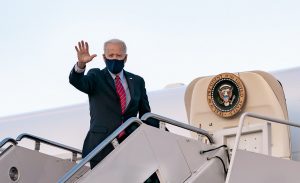

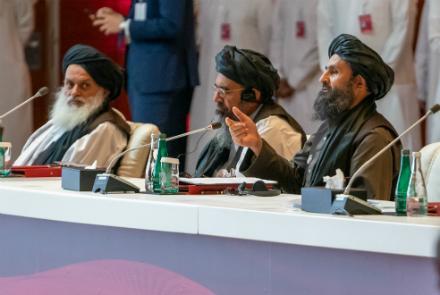





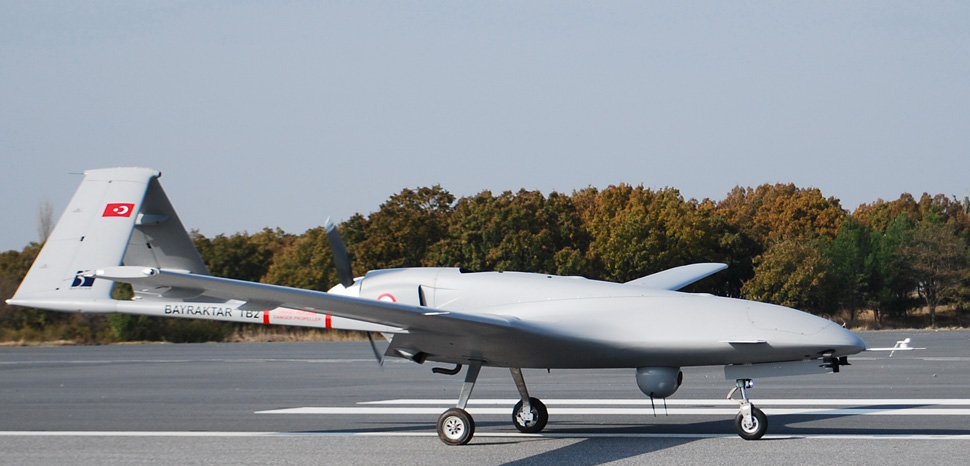


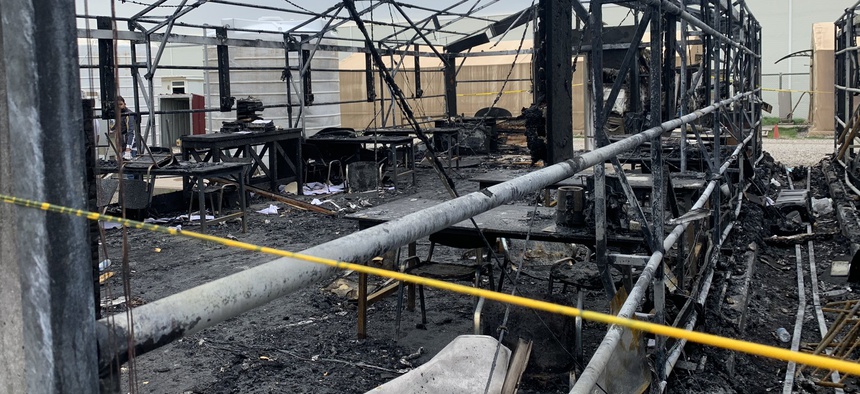





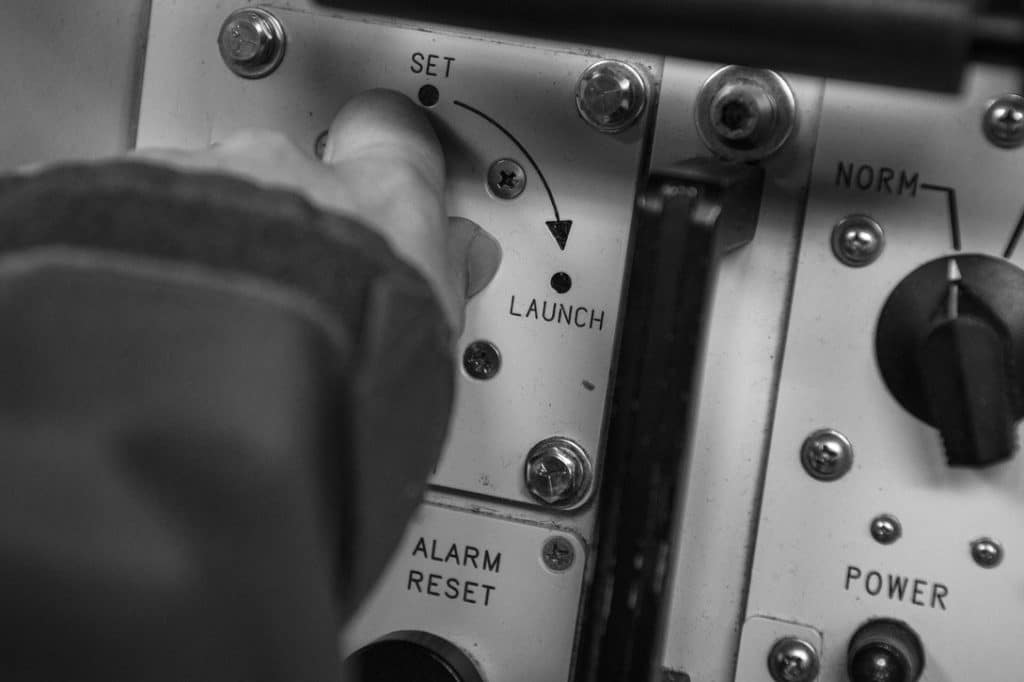
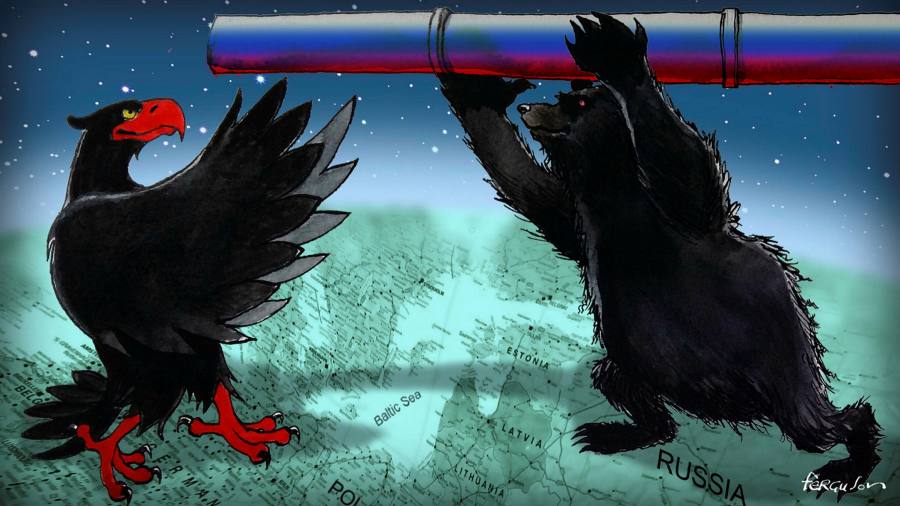


/cloudfront-us-east-1.images.arcpublishing.com/mco/FFAP6246O5DK3CVKUGWY5GDQBU.jpg)